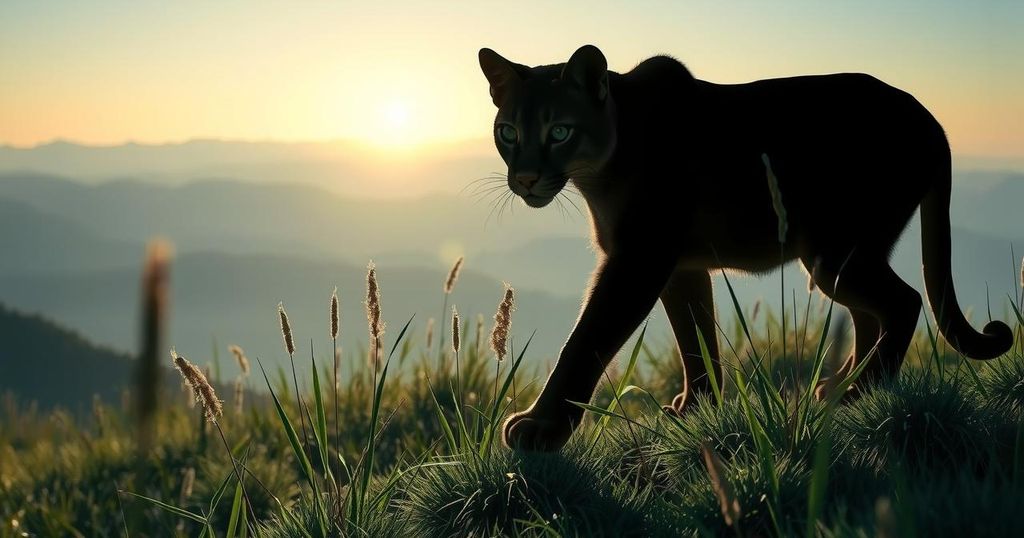The Plight of West Africa’s Small Cats Amidst Conflict and Neglect

The WAP Complex is a critical conservation area for West African wildlife, including servals, caracals, and African wildcats. Despite their presence, research on these small cats is minimal, and they face threats from violence, habitat loss, and the wildlife trade. Security issues hinder conservation efforts, leading to urgent calls for increased research funding and attention to protect these vulnerable species.
The WAP (W-Arly-Pendjari) Complex, located at the intersection of Benin, Burkina Faso, and Niger, is a vital conservation area rich in biodiversity, hosting endangered species such as West African lions, elephants, and cheetahs. Servals, caracals, and African wildcats also inhabit this region, yet minimal research has been conducted to ascertain their populations, distribution, and specific threats they face. Covert surveys in local medicine markets have revealed the presence of serval and caracal skins, although their origin remains undetermined.
Current violence from jihadist militants in the Burkina Faso and Niger regions of the WAP Complex is severely undermining ongoing conservation efforts. This unrest greatly hampers scientific research, especially for small cat species, which lack adequate funding and attention due to a prevailing focus on larger fauna. “If I had to summarize … we barely know anything about them” – Marine Drouilly, Panthera.
The number of small cats in the WAP Complex is largely unknown and inferred from camera-trap surveys targeting larger carnivores, revealing their existence but suggesting low population numbers. Research from 2016 to 2018 indicated a presence in Arly and W Regional Park, but recent surveys are inconclusive due to security concerns. Drouilly asserts that encroachment and livestock grazing continue to threaten these small cats, particularly in Arly National Park.
In Pendjari National Park, however, conditions have improved since African Parks assumed management. In security-stricken areas, lurking threats from poachers create uncertainty for small cats, as they may be accidentally harmed while targeting larger species. Despite progress in some areas, it remains dangerous for researchers to operate in wildlife parks, with reports of significantly restricted access.
The illicit wildlife trade represents a significant threat to servals and potentially caracals, as evidenced by the discovery of their skins in markets. Such findings highlight their vulnerability to the wildlife trade and habitat loss, which could enhance human-wildlife conflict and retaliatory killings. Drouilly notes that without adequate funding, comprehensive studies on these small cats will remain a challenge, and overlooked species risk population declines.
Regional efforts to enhance research funding are essential for conservation initiatives aimed at small cats. African Parks emphasizes the need for detailed studies to inform management strategies that protect these species and their roles in ecosystems. “The first step would be to conduct … if those are possible with the security situation” – Drouilly.
In summary, the WAP Complex’s small cats, such as servals, caracals, and African wildcats, face significant threats from inadequate research, habitat loss, human conflict, and the illicit wildlife trade. The ongoing violence in the region complicates conservation efforts, leading to further obscurity and risk of disappearance for these species. Increased funding and comprehensive studies are crucial to understanding their plight and developing effective conservation strategies.
Original Source: news.mongabay.com






